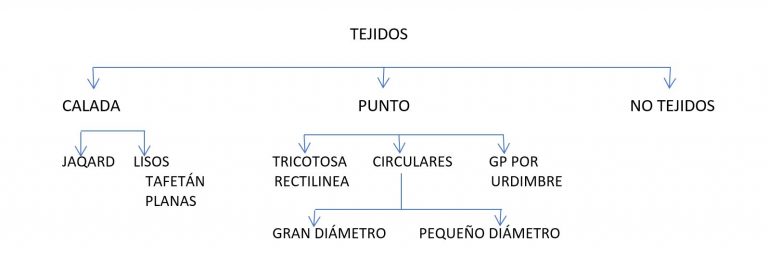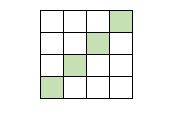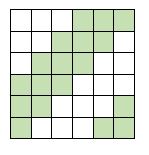We can classify fabrics as follows:

Openwork fabrics are formed by passing the thread in a direction transverse to the Warp (threads placed lengthwise).
Knitted fabrics are made of mesh-like threads.
Nonwoven fabrics are made from laps.

A weave is the form or structure in which threads are woven to form the desired fabric.
Warp threads are laid lengthwise, and weft threads are interlaced horizontally.
Weaves can be simple (fundamental and derived) or compound. The fundamental ligaments are those we know as plain, twill, and satin, each of which has its derivatives.
The plain or plain weave has a 1-1 structure, making it the simplest ligament. If we look at the fabric from both sides, we will see that it is the same.

The most commonly used twill structure is 2-1 or 3-1, which means that 2 or 3 weft threads pass above the warp, and only one warp thread above the weft threads.


Satins, on the other hand, must meet the following conditions:
- The warp and weft threads can be any number except 1.
- The number of warp and weft threads cannot be the same.
Here are some examples of flats:
Flat 5: 3-2; Flat 6 doesn't exist since it would be 3-3 and they can't be equal numbers; Flat 7: 5-2 or 4-3; Flat 8: 5-3; Flat 9: 7-2 or 5-4...
There are different simple and derived ligaments. Here we show you the BATAVIA twill, one of the most used derived twills.


